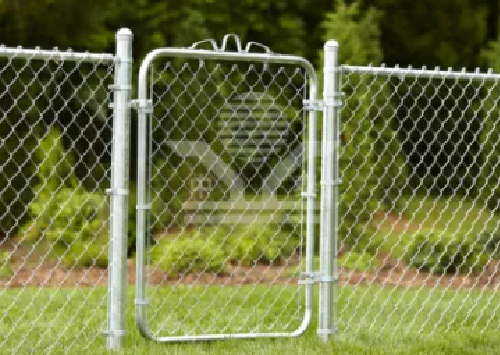Recycling circuit boards has become a crucial aspect of electronic waste management in our technology-driven society. As devices grow obsolete, the question arises what should we do with these intricate components? Circuit boards contain valuable metals like gold, silver, and copper, as well as harmful substances such as lead and mercury. Effective recycling minimizes environmental impact while reclaiming useful materials.

Essentially, the process of recycling circuit boards involves several steps, beginning with the collection of electronic waste. It’s imperative to partner with certified e-waste recycling facilities that abide by global environmental regulations. These facilities ensure that circuit boards are handled safely and effectively. With a commitment to environmental stewardship, these organizations provide detailed reports on how e-waste is managed, establishing a trustworthy recycling chain.
After collection, the circuit boards undergo a dismantling process. Here, various components are manually or mechanically separated. Expertise in this domain is critical as improperly dismantled circuit boards can lead to contamination. Professionals proficient in handling hazardous materials use advanced techniques to ensure that components like capacitors and resistors are safely removed without releasing toxins. It’s an art as much as it is a science, entailing both craftsmanship and a deep understanding of the materials involved.

Next, the boards are pulverized into smaller pieces, facilitating the separation of metals from non-metallic materials through processes such as smelting or chemical leaching. Time and again, experience in handling such operations makes a difference. On the cutting edge are companies employing state-of-the-art methods that minimize energy consumption while maximizing efficiency and output.
Metal extraction is where the true value of recycled circuit boards is realized. Expertise is crucial in refining the metal recovery process. Established facilities employ hydro-metallurgical or pyro-metallurgical processes to reclaim precious metals, ensuring minimal loss and degradation. A thorough understanding of chemical properties and reactions is needed to refine these metals to purity, making them suitable for reuse in manufacturing new electronics.
how to recycle circuit boards
Trust arises from transparency in the recycling process. Consumers and businesses need assurance that their e-waste is recycled responsibly, without harming the environment. By choosing recyclers who provide traceable documentation and certificates of material recovery, stakeholders can confidently participate in sustainable recycling practices.
Furthermore, innovative research is driving progress in circuit board recycling technology. Breakthroughs in bioleaching, for example, use microorganisms to biologically extract metals, presenting a low-impact alternative to traditional methods. Staying informed on such developments, therefore, enhances the authority and credibility of any recycling initiative, showcasing a strong commitment to adopting eco-friendly practices.
It is also vital to consider design adaptations in new electronics that facilitate easier recycling. Incorporating modular components that are easily disassembled and labeling materials clearly are steps toward reducing the complexity of recycling processes. Advocating for such changes can position a business as a leader in sustainable electronics, reinforcing its authority in the industry.
Finally, public education is key. Providing insights and information on how and why to recycle circuit boards responsibly empowers individuals and companies to make informed decisions. Use platforms and partnerships to raise awareness about the importance of e-waste recycling, highlighting real-world impacts on reducing landfill waste and conserving natural resources. This builds credibility and trust in your brand, aligning with the global push towards a circular economy.
In conclusion, recycling circuit boards is not only about reclaiming valuable resources but also about protecting the environment and ensuring sustainability. By leveraging expertise, maintaining transparency, and advocating for innovation, the process becomes a powerful component of responsible e-waste management. Through these efforts, we collectively move toward a greener future, one circuit board at a time.


